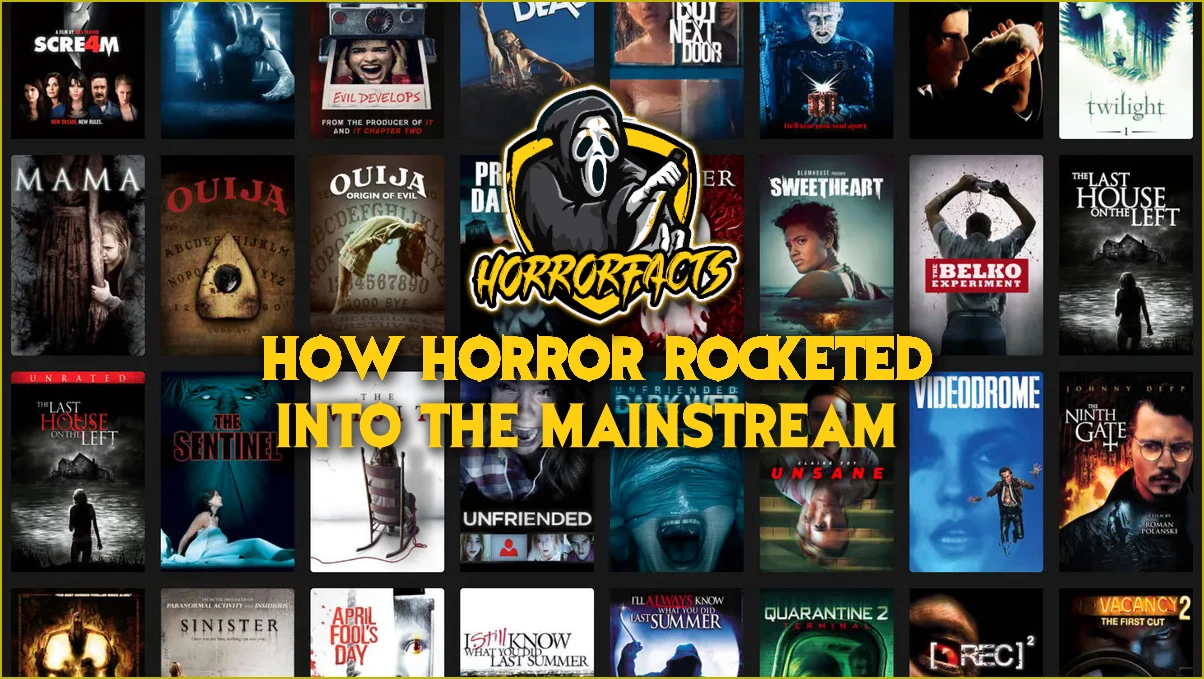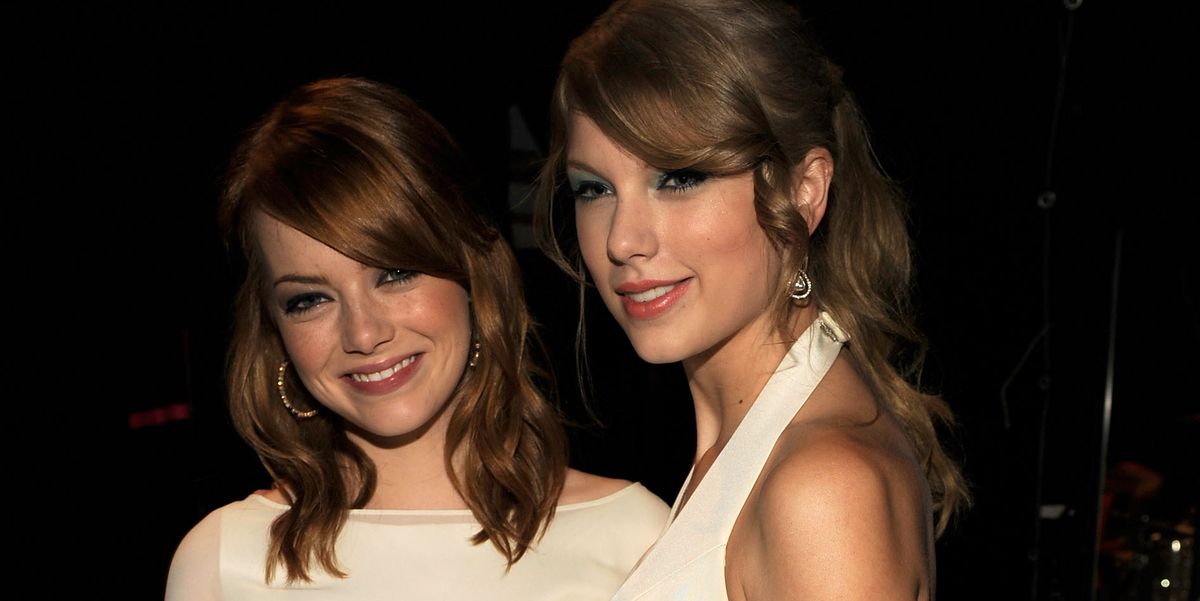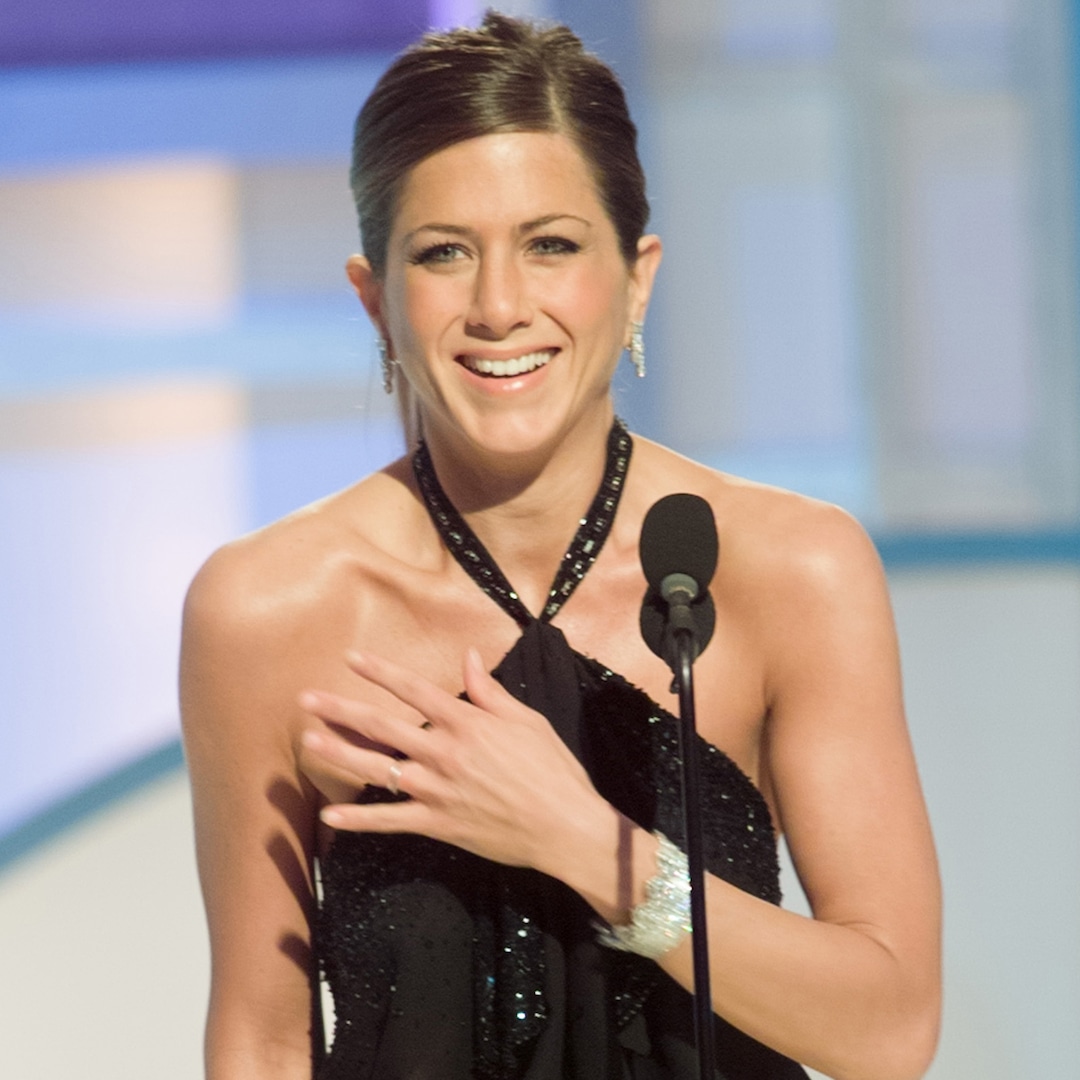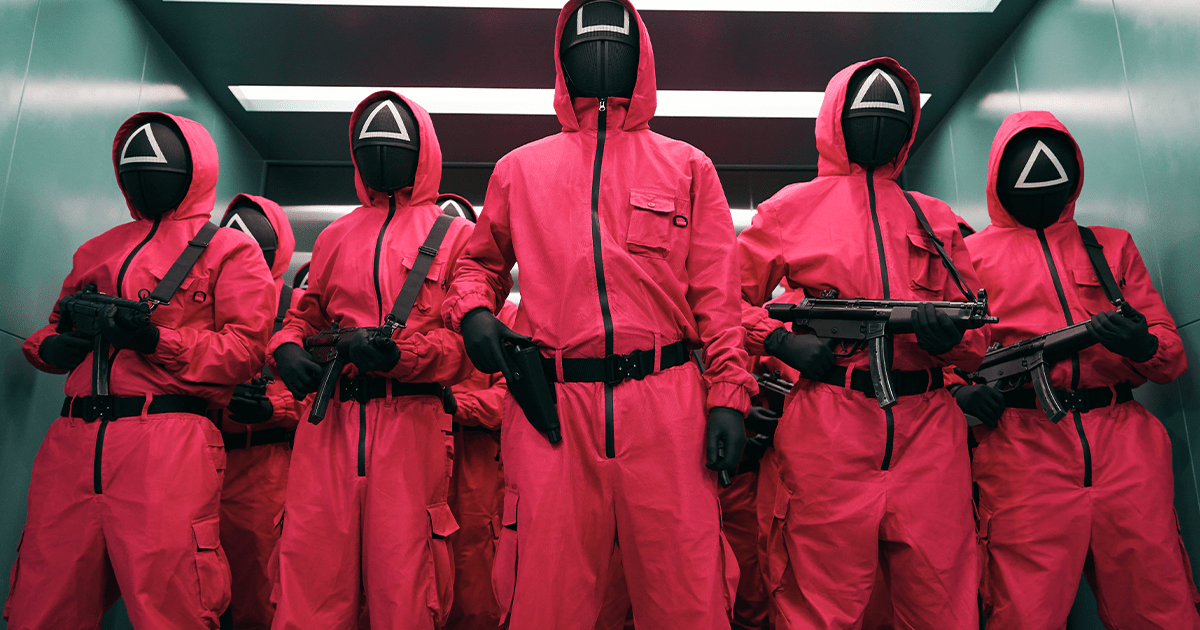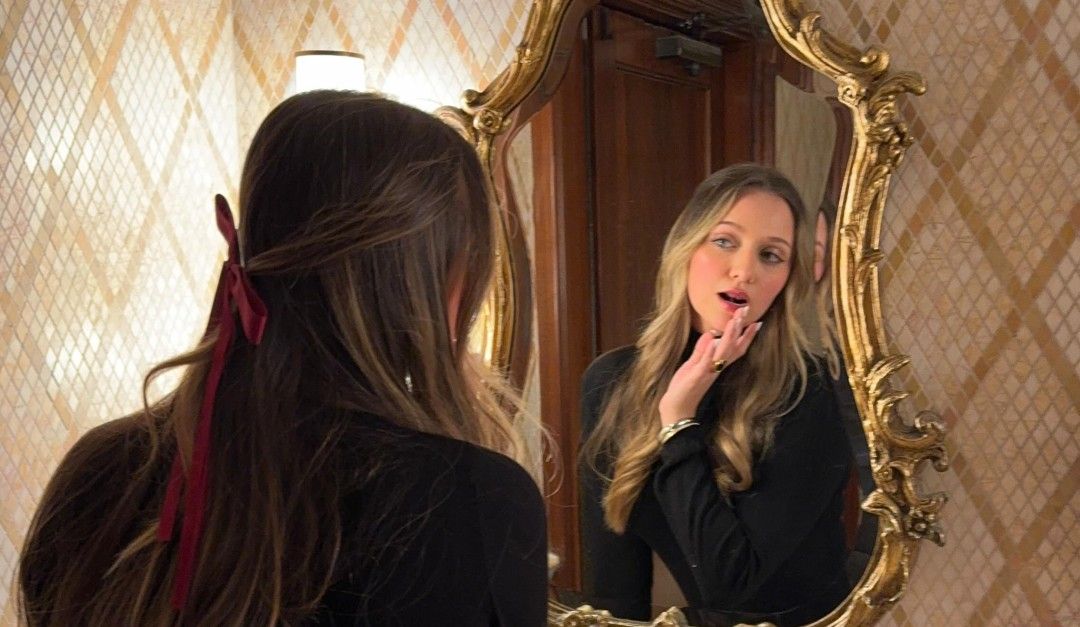Welcome, readers, to this in-depth analysis of how horror went from a niche genre to a mainstream phenomenon. Let’s take a journey through the history of horror and examine the factors that contributed to its rise in popularity.
The Early Days of Horror
The subgenre known as “horror” has been around for quite some time. The macabre and the supernatural have always held a strong fascination for humans, as evidenced by everything from ancient ghost stories to gothic literature. However, it wasn’t until the 20th century that horror truly began to take shape in the way that we know it today.
During the early stages of the horror film genre, films of this genre had a reputation for being low-quality and low-budget productions. They were frequently produced hastily and on a limited budget, with little thought given to the script or the acting of the cast members. Because of this, horror movies have a reputation for being corny and boring, and they tend to appeal to a small group of people.
But even in those early days, there were hints that horror had the potential to become something greater. Movies such as the first Dracula and Frankenstein both had enormous amounts of success and attracted audiences from all over the world. These films demonstrated that horror could be a successful commercial genre, despite the fact that many people still found them to be a little bit silly.
The Golden Age of Horror
It wasn’t until the 1960s and 1970s that horror started coming into its own as an independent genre. Independent filmmaking and a new generation of filmmakers led to a renaissance in horror, which would go on to change the horror genre in a big way.
Horror was reimagined in movies like Night of the Living Dead, The Texas Chainsaw Massacre, and Halloween, which all contributed to the genre’s expansion. These movies were no longer low-quality productions made on a shoestring budget; rather, they were carefully crafted with attention to detail and care. They were horrifying, prompted deep thought, and were frequently very artistic in nature.
The horror subgenre had arrived at its zenith, and audiences were more enthralled than ever. People were less embarrassed than they used to be to admit that they liked scary movies, which resulted in the genre receiving new followers on a daily basis. Horror had already established itself as a legitimate part of culture, and its popularity was only going to keep growing.
The Rise of the Slasher
In the 1980s, slasher films became increasingly popular, ushering in a new era in the horror genre. Movies like “Friday the 13th” and “A Nightmare on Elm Street” became huge commercial successes, drawing in enormous audiences and inspiring the creation of a number of follow-up films.
Although these films were frequently criticized for their excessive bloodshed and brutality, there is no denying the fact that audiences enjoyed watching them. They helped to solidify horror’s position as an important part of popular culture by appealing to an audience that was younger and more rebellious.
However, the trend of slasher movies could not continue indefinitely. By the 1990s, audiences had grown increasingly weary of the tried-and-true method. There was a need for progression in the horror genre, or else it ran the risk of becoming a relic of the past.
The Reinvention of Horror
The genre of horror went through a period of reinvention in the 1990s and early 2000s. Filmmakers started to try out different filmmaking styles and subgenres as they moved away from the tried-and-true slasher formula and into uncharted territory.
The horror genre was shown to be capable of being intelligent, sophisticated, and emotionally resonant thanks to movies like Scream and The Sixth Sense, which helped to redefine the genre. No longer was it enough for a horror movie to just have scary moments and gory violence; instead, the genre started to focus on new and exciting ways to look at the human condition.
This new take on the horror subgenre helped bring in a new generation of fans and set the stage for the subgenre’s continued success in the 21st century.
The Modern Era of Horror
The proliferation of streaming services such as Netflix and Hulu has provided a new medium for the success of the horror genre. People all over the world are hooked on shows like Stranger Things and The Haunting of Hill House, and horror podcasts like Lore and The NoSleep Podcast have become very popular in the past few years.
Additionally, horror has made its way into the world of video games, where it can be found in games such as Resident Evil, Silent Hill, and Outlast, which are played by people all over the world. There are now a lot of different subgenres of horror, and each one is different.
So, how did horror go from being a relatively obscure genre to a worldwide phenomenon? The answer isn’t simple, but it can be broken down into a few key considerations. To begin, the horror genre has always piqued the interest of audiences. Humans have always been fascinated by the macabre and the supernatural, and horror has always served as a medium for exploring these topics.
The second factor that contributed to the horror genre’s ascent to a higher level of quality was the growth of the independent film industry as well as the emergence of a new generation of filmmakers. Horror movies were no longer just exploitative and low-budget. Instead, they were well-made, and every detail was paid close attention to.
Reimagining horror in the 1990s and 2000s helped to bring in a new generation of fans, and the rise of streaming services and video games has helped to make sure that horror will still be a part of popular culture well into the 21st century.
The Importance of Horror
Horror may appear to be a genre focused solely on scares and thrills, but it is also an important part of our cultural landscape. Throughout history, horror stories have been used to explore our deepest fears and anxieties, as well as to comment on the society we live in.
For example, horror films from the 1950s frequently dealt with the dangers of atomic radiation and the threat of nuclear war. Horror films in the 1960s and 1970s addressed issues such as the counterculture movement and the changing roles of women in society. Horror movies made in the 21st century have looked at everything from the war on terror to the dangers of social media.
Horror is an important genre for representation as well. Horror films have given marginalized voices a platform and explored themes of race, gender, and sexuality in ways that other genres often avoid. In the horror community and beyond, films like Get Out and The Babadook have sparked important conversations about representation and identity.
The Psychology of Horror
But why do we like to be scared? What is it about horror that captivates us?
There is no simple answer, but psychologists have studied the phenomenon of horror and developed a few theories. According to one theory, we enjoy horror because it allows us to experience fear in a safe setting. When we watch a horror film, we are aware that we are not in actual danger, allowing us to experience the thrill of fear without any real risk.
Another theory holds that horror allows us to confront our deepest anxieties and fears. We can explore our own fears in a controlled environment by watching a horror film, which can be cathartic and empowering.
The Future of Horror
So, what is the future of horror? Will it thrive and evolve further, or will it fade back into obscurity?
Personally, I think horror is here to stay. The genre has repeatedly demonstrated its ability to adapt and evolve to fit the changing cultural landscape, and there’s no reason to believe it won’t do so in the future.
Horror will have even more avenues to explore as technology advances and our understanding of the human psyche deepens. Who knows what frightful creations the future will bring?
Since its inception as a niche genre, horror has come a long way. It has become a cultural phenomenon, enthralling audiences worldwide with tales of the supernatural and macabre. There’s something for everyone in the world of horror, whether you like classic horror movies, modern horror television shows, or terrifying video games.
Conclusion
Finally, horror has progressed greatly from its humble beginnings as a niche genre. It has become a worldwide phenomenon, enthralling audiences with stories of the supernatural and macabre.
However, horror is more than just a form of entertainment. It’s an important part of our cultural landscape, probing our deepest fears and anxieties while also commenting on our society. It is also a genre that represents marginalized voices and explores important themes such as race, gender, and sexuality.
So, the next time you watch a horror film or play a horror video game, keep in mind that you’re not just getting scared. You’re also participating in a rich and complex genre with a lot to say about the world we live in.
Do you have a horror project that you want the world to see? Send it to us and we will take a look!

Founder and Lead Developer for Horror Facts independent horror magazine.
Husband, Sailor and Independent Writer


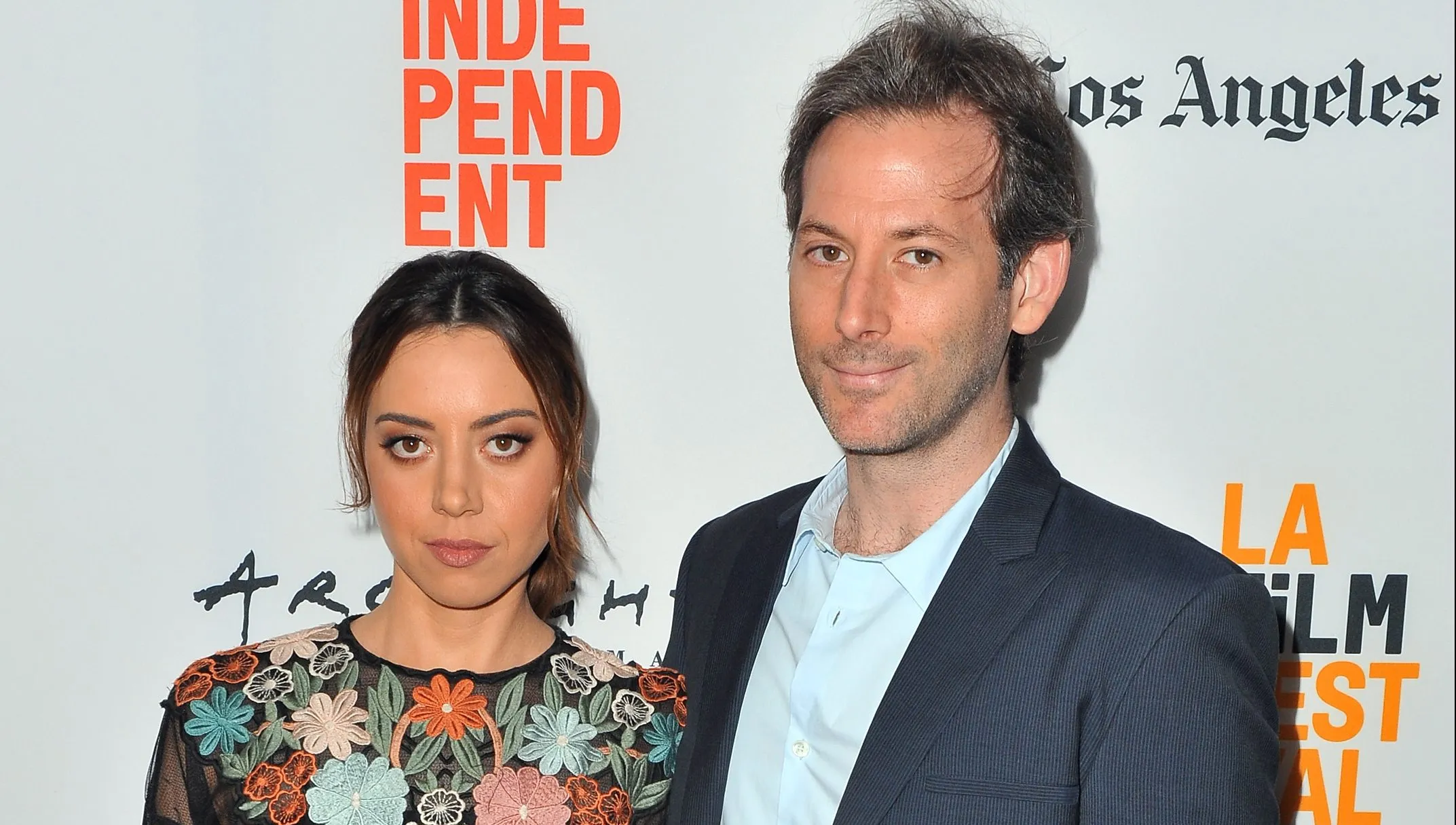
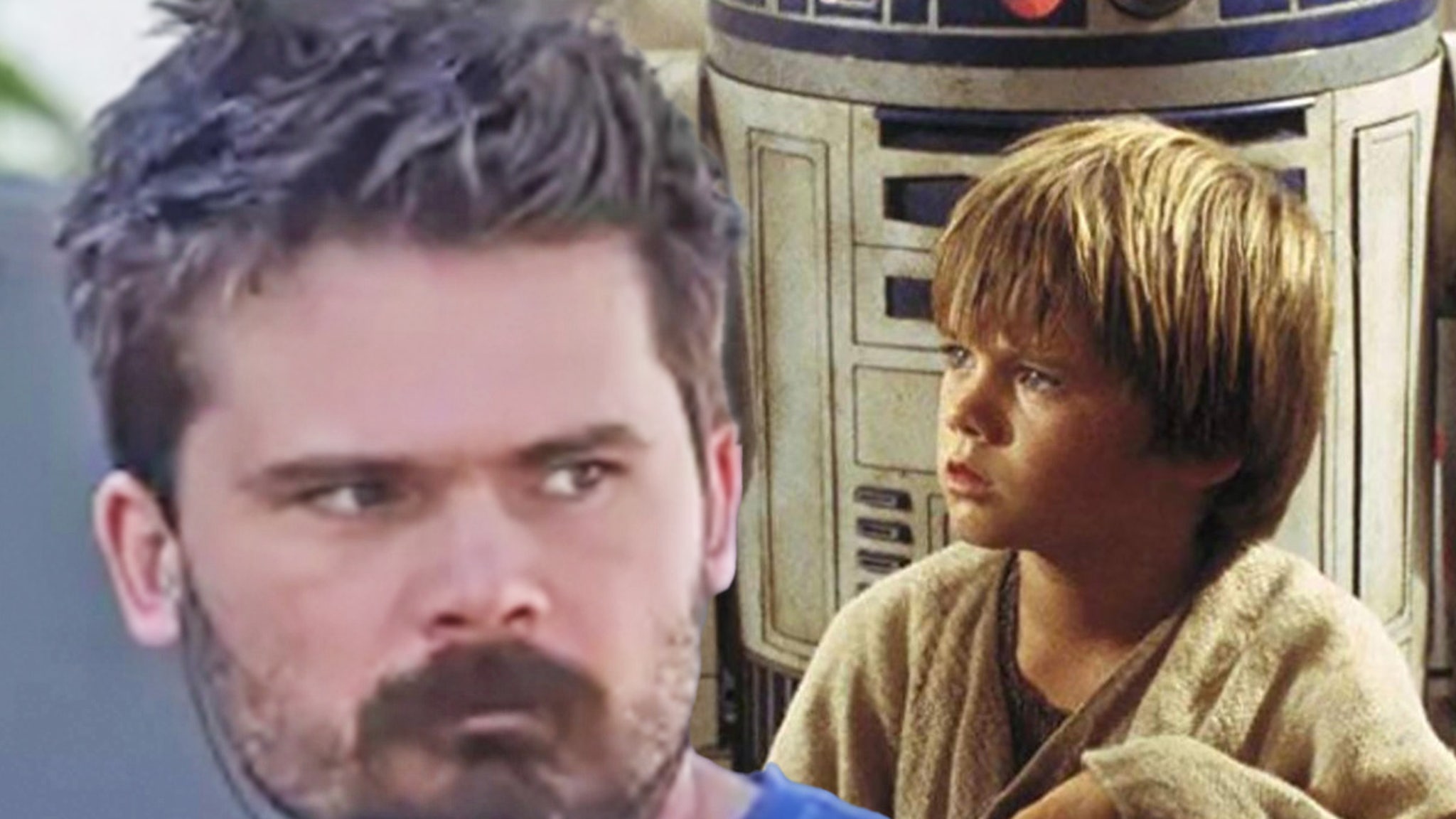


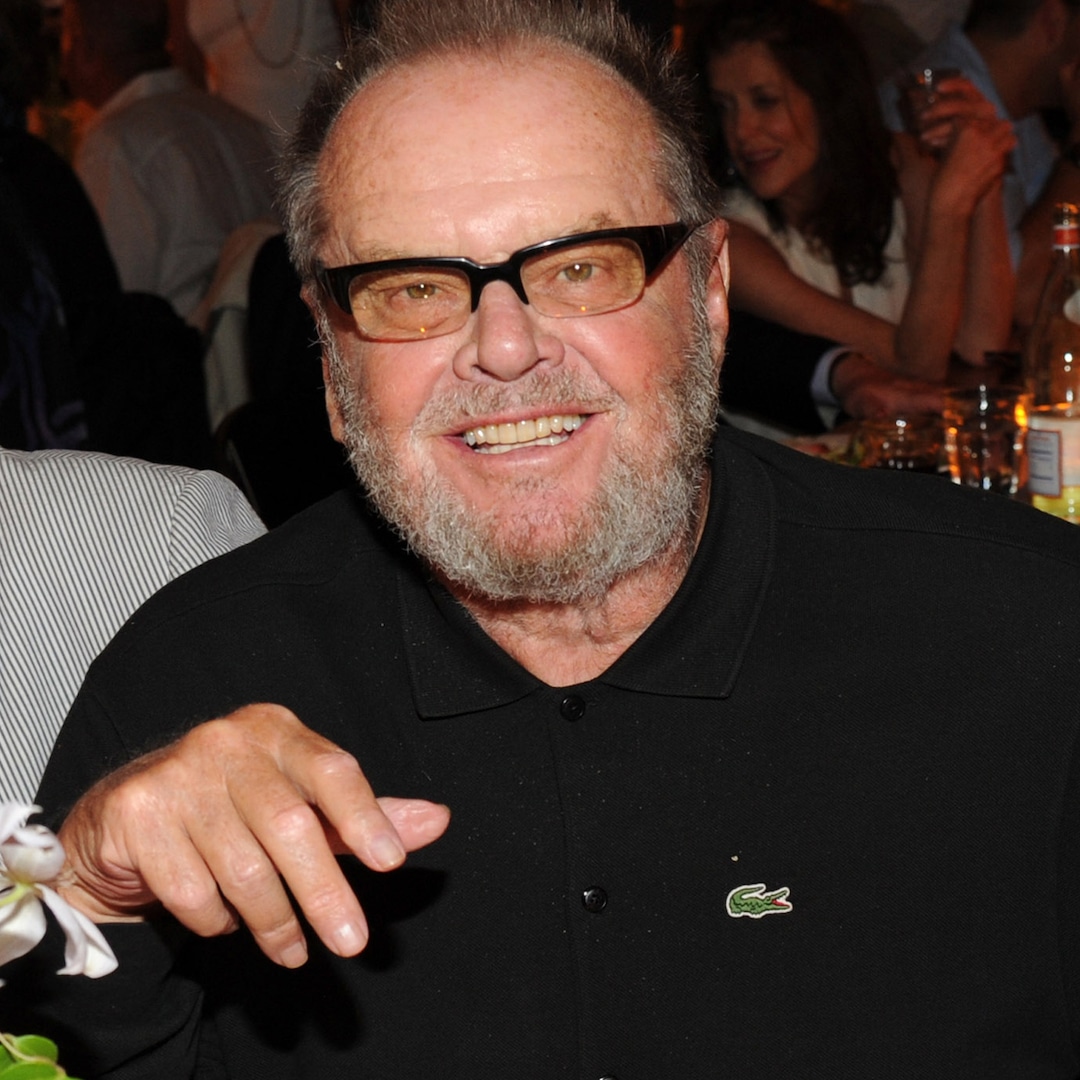


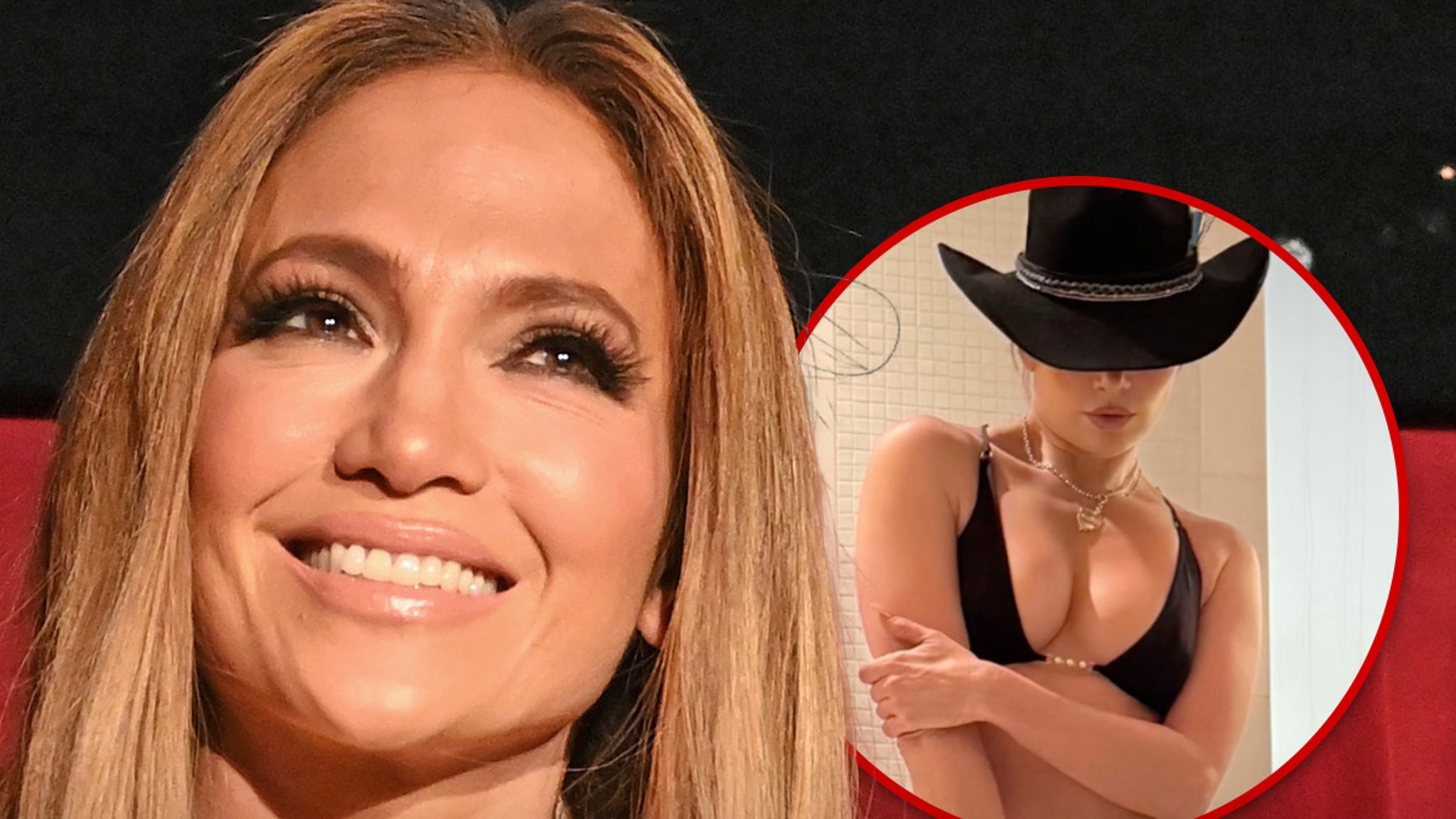










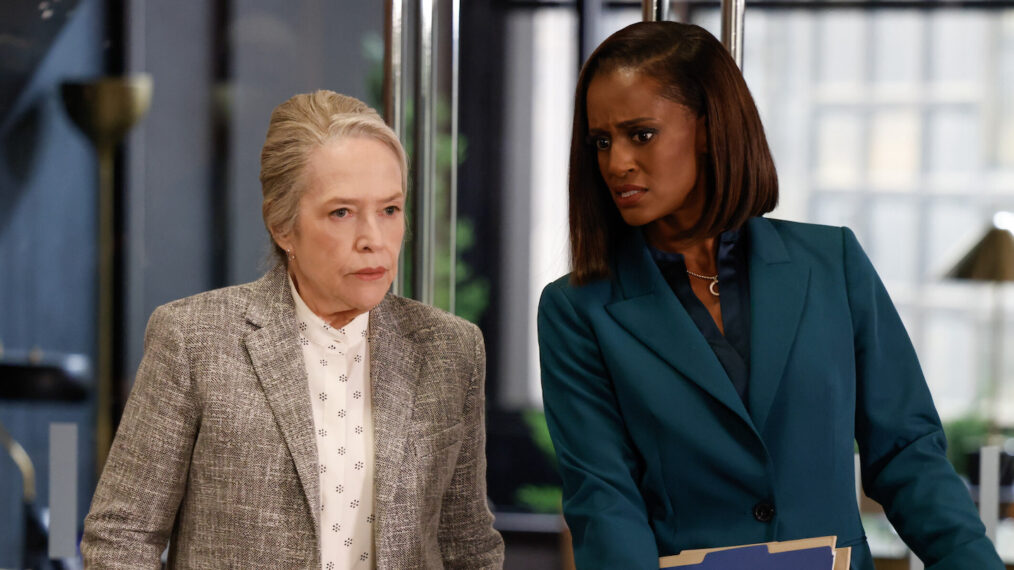


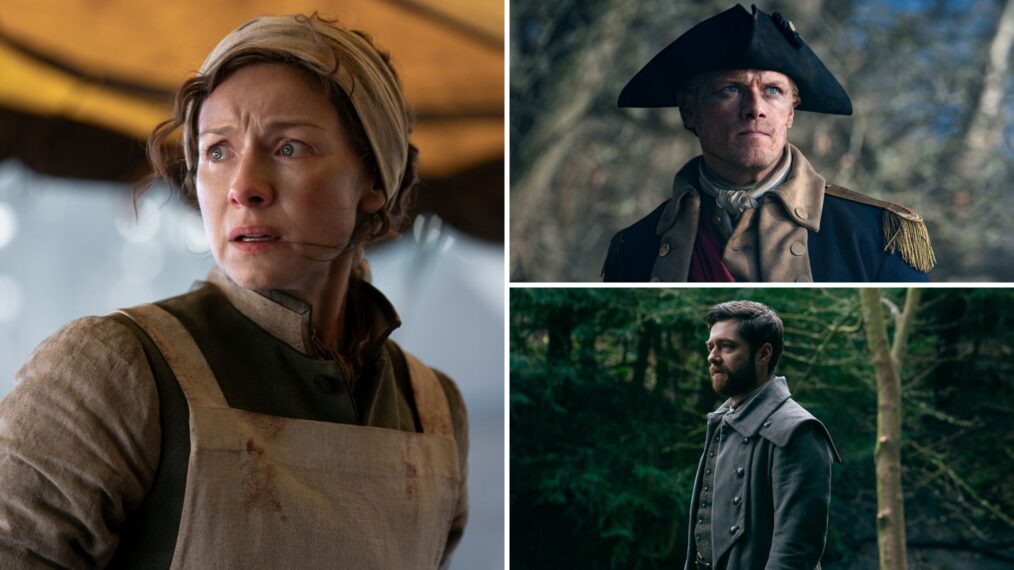














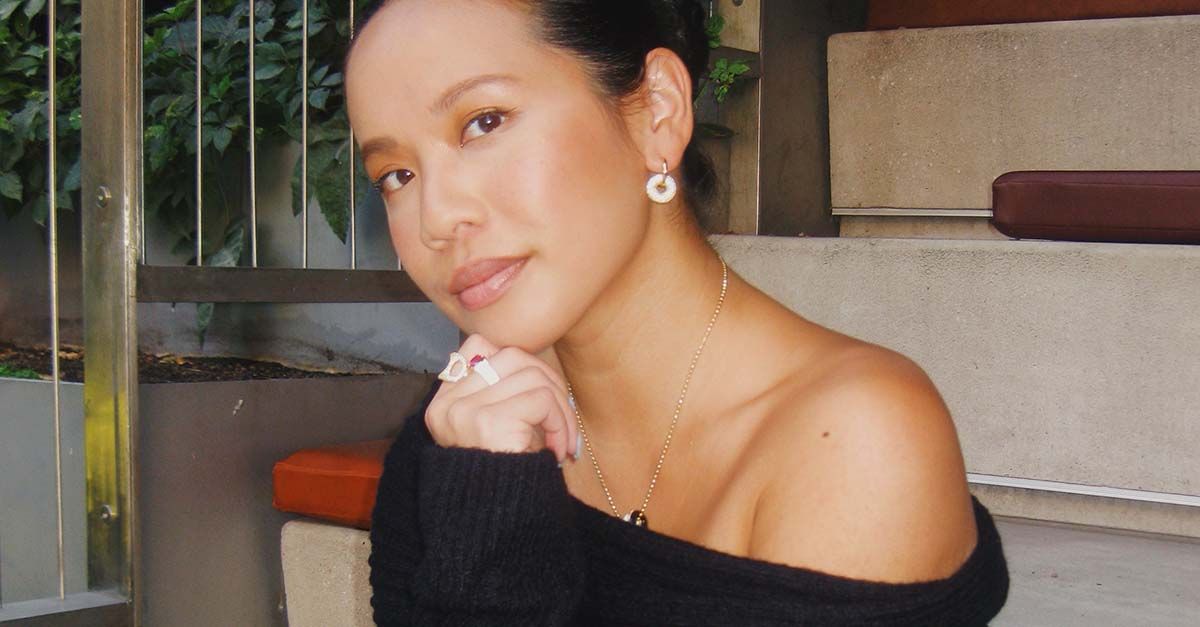























![OneRepublic – Hurt (feat. Jelly Roll) [Official Music Video] OneRepublic – Hurt (feat. Jelly Roll) [Official Music Video]](https://i.ytimg.com/vi/pDrD73iohmA/maxresdefault.jpg)

